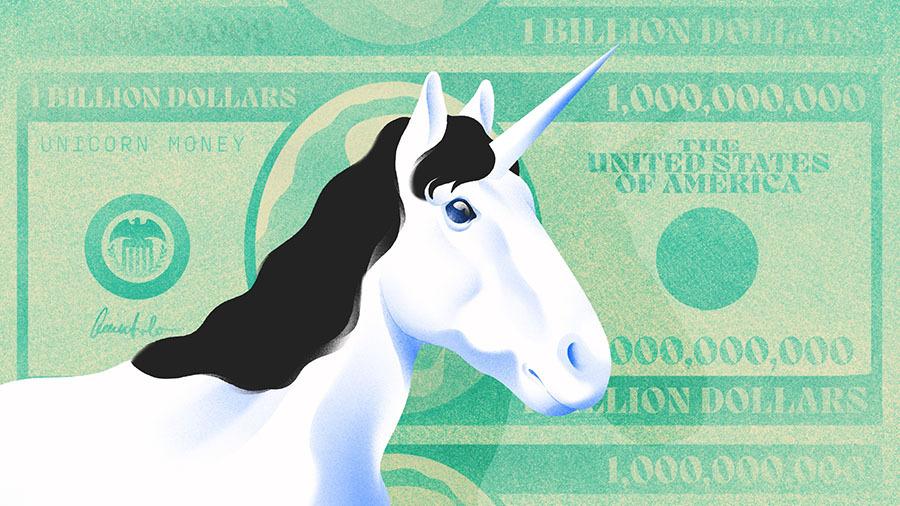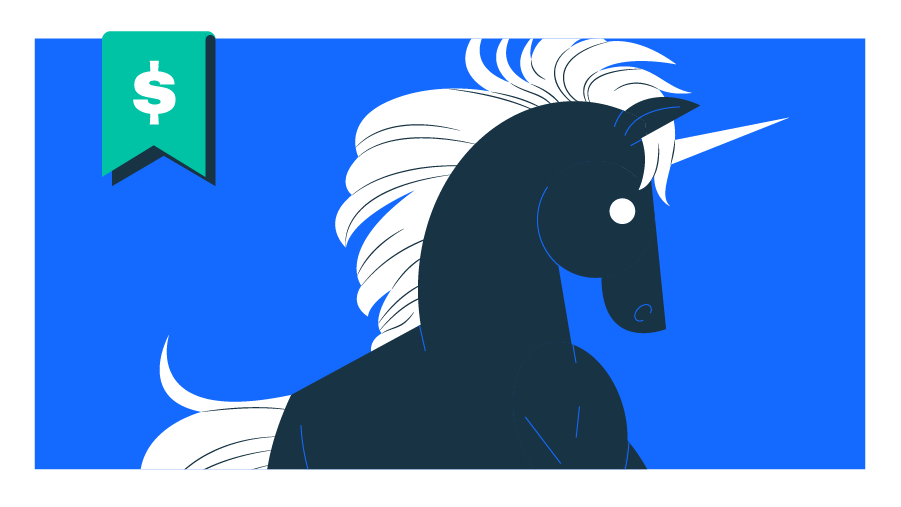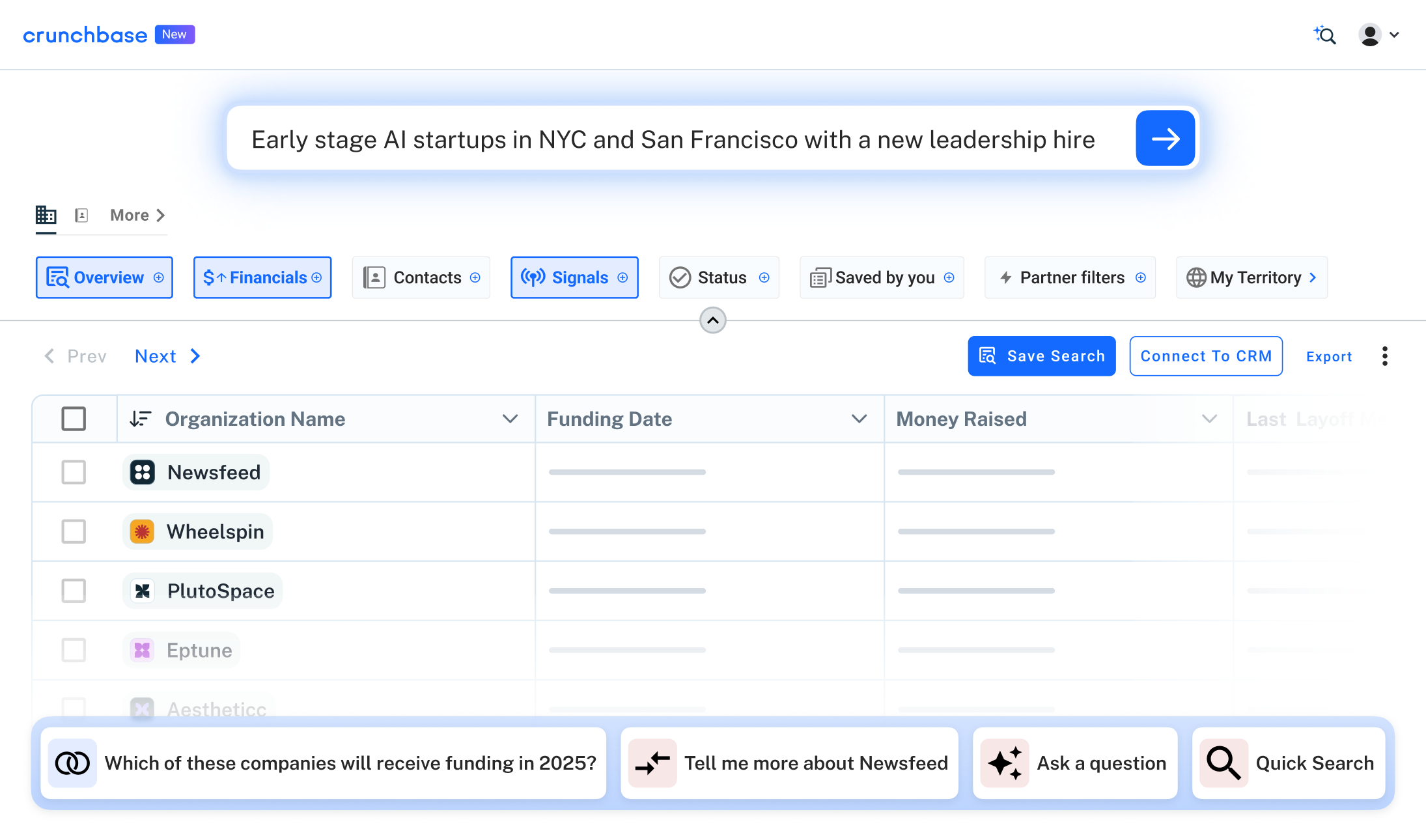SaaS News
“Software will eat the world,” the venture capitalist Marc Andreessen famously predicted in 2011.
Twelve years later, and that prediction has borne out: Many of the most highly valued companies and startups in the world are software startups, and SaaS (software as a service) has become a ubiquitous business model in the tech industry.
Latest Articles

Figma Competitor Framer Raises $100M At $2B Valuation
Private Company Purchases By PE Firms Hold Up Amid Market Turbulence
Fintech Isn’t Just Back, It’s Being Rearchitected For AI
March Mints 11 New Unicorns, As $200B Is Added Through Up Rounds And Board Posts Strong Exits
Enabling Innovation: A Manufacturing Veteran’s Guide to Staying Ahead (Or Relevant)
Rethinking Unit Economics: How AI Agents Are Rewriting The SaaS Playbook
Rethinking Risk: Why Software Investing Is Scarier Than You Think
Why We Need To Create A Single, Vibrant Pan-European Stock Market
Law Enforcement Startup Peregrine Hits $2.5B Valuation Mark
Healthcare Leads For New Unicorn Counts In January As AI Theme Continues
Hundreds Of Unicorns Haven’t Raised New Funding Since 2021
AI Accelerates Embedded Finance And Loyalty Battles Get Personal: Payments Tech Predictions For 2025
How To Master Software Release Cycles In 2025
Poor Valuation Practices Have Slowed Innovation
A Post-ZIRP Survival Guide For Startups Part 3: Listening to Customers (And Prospects)
A Post-ZIRP Survival Guide For Startups Part 2: Aligning Product And Customer Success
A Post-ZIRP Survival Guide For Startups Part 1: How We Got Here
ServiceTitan Files For IPO
Inside Scale Venture Partners’ Pivot From SaaS To AI
The Rise of VaaS: How AI Is Redefining SaaS Pricing Models
Right Off The Batch: 50% Of YC W24 Is Built With AI. Who Got Funded?
SaaS Startup Funding Falls
The State Of Saas: After A Positive Start To 2024, Founders Can Find Success In A Reset Market
How The Decentralization Of The CIO Will Impact The SaaS Startup Landscape In 2024
The Week’s 10 Biggest Funding Rounds: Applied Intuition And Luminary Cloud Rise Above
Frequently Asked Questions
What is SaaS?
In simple terms, software as a service (SaaS) refers to software provided over the internet as a service.
Before the rise of SaaS, people generally accessed software by installing it on their computers or servers — think back to buying the latest version of Microsoft Windows on a CD, for example.
These days, most widely used consumer and business software tools — from productivity tools like Google Workspace to streaming entertainment platforms like Netflix — are web-based applications that are delivered as services for which customers pay a regular subscription fee.
What are the biggest SaaS companies?
Many of the world’s largest and most highly valued companies offer SaaS products. They include:
- Apple, with SaaS products that include Apple Music, iCloud, Apple Pay and Apple TV.
- Microsoft, whose SaaS offerings include its Microsoft 365 suite of workplace tools and services such as Microsoft Teams and web-based versions of Word, Excel and PowerPoint.
- Alphabet, the parent company of Google, which offers a host of SaaS products including its Google Workspace suite of productivity tools.
- Facebook parent company Meta, which also owns Instagram and WhatsApp.
- Tencent, owner of ubiquitous Chinese messaging app WeChat.
- Salesforce, a customer relationship management (CRM) software service for businesses
What are examples of SaaS startups?
Many of the largest startups operate on a SaaS model. They include:
- Asana, a SaaS project management tool;
- Slack: a collaboration platform that offers workplace messaging, file sharing and integration tools;
- Stripe: a payment processing platform that allows businesses to accept online payments and handle transactions securely;
- Zoom, a video conferencing platform;
- Dropbox, a cloud-based file storage and synchronization service;
- Canva: a graphic design platform;
- HubSpot: a marketing, sales and customer service platform;
- Zendesk: a customer support and ticketing system;
- Shopify: an e-commerce platform;
- Twilio: a cloud communications platform; and
- monday.com: A project management and team collaboration platform.
What are the most common types of SaaS services?
There are several common types of SaaS services that cater to different business needs. Here are some of the most common types:
- Customer relationship management tools: CRM software helps businesses manage customer interactions as well as sales and marketing efforts. Examples include Salesforce, HubSpot CRM and Zoho CRM.
- Collaboration and communication platforms: These tools facilitate team collaboration and communication, allowing users to share files, communicate in real-time, and manage projects. Examples include Slack, Microsoft Teams and Asana.
- Productivity and office suites: These SaaS services provide tools for creating, editing and collaborating on documents, spreadsheets and presentations. Examples include Google Workspace (formerly G Suite), Microsoft Office 365 and Zoho Workplace.
- Human resources management tools: HR management software assists in managing employee information, recruitment, onboarding, performance reviews and more. Examples include BambooHR, Workday and Zenefits.
- Financial management platforms: These SaaS solutions focus on financial operations, including accounting, invoicing and expense management. Examples include QuickBooks Online, Xero and FreshBooks.
- Project management tools: Project management software helps teams plan, organize and track projects, tasks and deadlines. Examples include Trello, monday.com and Basecamp.
- E-commerce and online retail software: These SaaS platforms enable businesses to set up and manage online stores, handle inventory, process payments and track sales. Examples include Shopify, BigCommerce and WooCommerce.
- Customer support and help-desk tools: These tools help businesses manage customer inquiries and support tickets, and provide efficient customer service. Examples include Zendesk, Freshworks and Help Scout.
- Marketing automation: Marketing automation tools are used to automate marketing campaigns, lead nurturing and customer segmentation. Examples include Marketo, Mailchimp and HubSpot Marketing Hub.
- Analytics and business intelligence: These SaaS services provide data analysis and visualization tools to help businesses gain insights from their data. Examples include Google Analytics, Tableau and Domo.
These are just a few examples of common types of SaaS services. The industry continues to grow and evolve with new types of SaaS services emerging to address specific business needs.
Is Netflix a SaaS company? What about Amazon — is it a SaaS company?
Yes, Netflix and other video streaming services like Hulu are SaaS companies because they deliver their services — in this case, entertainment content — online through a web-based platform.
Some of Amazon’s consumer businesses are also SaaS services. They include Netflix competitor Amazon Prime Video, audiobook service Audible and its Kindle e-book division.
Moreover, Amazon Web Services (AWS), a subsidiary of Amazon, provides a suite of cloud computing services, many of which are used by other companies as building blocks to develop and deploy SaaS applications.
What are the advantages of SaaS?
The SaaS model offers several advantages for businesses and users. Key benefits include:
- Cost-effectiveness: SaaS eliminates the need for upfront investments in hardware, software licenses and infrastructure. Users typically pay a subscription fee based on usage or a fixed price, making it more affordable for businesses to access and utilize software services. It also reduces the costs associated with software maintenance, updates and support, which are typically handled by the service provider.
- Accessibility: SaaS applications are accessed over the internet, allowing users to access the software and their data from any device with an internet connection. This flexibility enables remote work and collaboration.
- Scalability: SaaS can easily scale to accommodate the needs of growing businesses. Users can typically adjust their subscription or usage plan to match their requirements without significant disruptions or costs.
- Ease of deployment and updates: With SaaS, there is no need to install or configure software locally. The service provider handles the deployment, configuration and ongoing updates of the software, ensuring that users have access to the latest features and security enhancements without any manual effort. This eliminates the burden of software management and allows businesses to focus on using the software rather than maintaining it.
- Integration and compatibility: SaaS applications often provide integration capabilities, allowing seamless connectivity with other software and systems. This enables businesses to integrate SaaS tools with their existing workflows, data and infrastructure. SaaS providers may also offer APIs (application programming interfaces) that allow developers to customize and extend the functionality of the software to meet specific business needs.
- Enhanced collaboration and productivity: SaaS tools often include collaboration features that enable real-time communication, file sharing and project management. This fosters collaboration among team members, improves productivity and streamlines workflows. Users can work on shared documents, track changes and easily collaborate regardless of their physical location.
- Automatic backups and data security: SaaS platforms usually implement robust data security measures — including data encryption, regular backups and disaster recovery plans — that help protect sensitive business data and mitigate the risk of data loss or breaches.
Why do venture capitalists invest in SaaS startups?
SaaS startups have the potential to provide software to a large and growing market, making them an appealing investment choice for many VCs. Venture investors are especially drawn to SaaS startups due to these businesses’ recurring revenue model, scalability, potential for market disruption and attractive exit opportunities.
VCs invest in startups with the expectation of generating a return on their investment. SaaS startups often offer attractive exit opportunities through acquisitions or IPOs.
SaaS companies are often appealing acquisition targets for larger tech companies seeking to expand their product offerings or customer base. For example, Salesforce’s $27 billion acquisition of workplace collaboration tool Slack in 2021 is one of the largest software acquisitions of all time.
IPOs can also provide significant returns for VCs when a company goes public. Some of the largest venture-backed IPOs in recent years have been SaaS companies, such as data warehousing company Snowflake and data analytics and software company Palantir Technologies.
Investors also like the potential for some SaaS startups to create network effects, where the value of the software service increases as more users join the platform. This can create strong barriers to entry for competitors and drive long-term growth. VCs seek startups that have the potential to create and leverage network effects, as it can lead to significant market dominance and competitive advantage.
How much venture capital has gone to SaaS startups?
Venture capitalists have spent hundreds of billions of dollars to fund SaaS startups.
In 2022, nearly $32 billion in venture capital was invested in SaaS startups globally, Crunchbase data shows, making SaaS one of the most heavily funded startup categories. In 2021, venture capitalists invested more than $52 billion into SaaS startups, according to Crunchbase.
What are examples of SaaS unicorn startups?
Current SaaS unicorns on The Crunchbase Unicorn Board include:
- ByteDance, owner of the popular video-based social media platform TikTok;
- Ant Group, owner of China-based mobile and online payment platform Alipay;
- Stripe, which provides payment processing tools to businesses;
- Canva, which makes web-based graphic design tools;
- Checkout.com, a payment processing platform for online retailers;
- Instacart, a grocery order and delivery platform; and
- Databricks, maker of data engineering tools.
Former SaaS unicorn startups that have since exited, either through IPOs or acquisitions, include Zoom, Snap, GitHub, Dropbox, Unity and many more.
What are some of the largest IPOs of SaaS startups?
- Snowflake, a cloud-based data warehousing company, raised $3.4 billion in its September 2020 IPO, making it the largest software IPO at the time.
- Palantir Technologies, a data analytics and software company, raised roughly $2.5 billion in its September 2020 IPO.
- Unity, a platform for creating and operating real-time 3D content, went public in September 2020, raising about $1.3 billion in its IPO.
- Asana, a SaaS-based workplace collaboration and project management software company, raised $1.2 billion in its September 2020 IPO.
- Video conferencing software maker Zoom raised $751 million in its 2019 IPO.
- Cloudflare, a web performance and security platform, raised $525 million in its 2019 IPO.
- DevOps platform JFrog went public in September 2020, raising about $509 million in its IPO.
Workplace collaboration tool Slack went public in 2019 via a direct listing, so it didn’t raise any additional capital by going public. The company was then acquired by Salesforce in 2021 for $27.7 billion.
What have been some of the largest acquisitions of SaaS startups?
- In 2018, Microsoft acquired GitHub, a popular SaaS platform for software development and version control, for $7.5 billion. The acquisition strengthened Microsoft’s position in the software developer community and expanded its portfolio of cloud-based developer tools and services.
- Salesforce acquired Tableau, a SaaS data visualization and analytics platform, for $15.7 billion in 2019. The deal added advanced analytics capabilities to Salesforce’s CRM offerings.
- Two years later, Salesforce spent $27.7 billion to acquire popular workplace messaging and collaboration tool Slack.
- In 2018, Adobe acquired Marketo, a prominent marketing automation platform. The acquisition, valued at $4.8 billion, complemented Adobe‘s existing marketing software suite and expanded its capabilities in areas such as lead management, campaign management and customer engagement.
- Oracle acquired NetSuite, a cloud-based enterprise resource planning service provider, in 2016. The $9.3 billion deal expanded Oracle’s cloud offerings and strengthened its position in the market for cloud-based financial management and business software.
- Google spent $2.6 billion in 2019 to acquire Looker, a data analytics and business intelligence platform. The acquisition bolstered Google‘s cloud offerings by adding powerful data analytics capabilities, enhancing its ability to compete with other cloud providers.
- Cisco acquired AppDynamics, an application performance monitoring and management platform, for $3.7 billion in 2017. The deal allowed Cisco to offer end-to-end visibility into applications and infrastructure, providing insights to optimize performance and user experience.
- In 2018, SAP acquired Qualtrics, a customer experience and survey software provider, for $8 billion. The acquisition bolstered SAP‘s capabilities in gathering and analyzing customer feedback.
What are other names for SaaS?
SaaS has become the most widely used and recognized term to describe software delivered as a service over the internet, but there are several other phrases that overlap with SaaS. They include: cloud-based software, on-demand software, web-based software and hosted software.
The term “application service provider,” or ASP, is less commonly used today, but also refers to companies that provide software applications and services over a network to customers.





